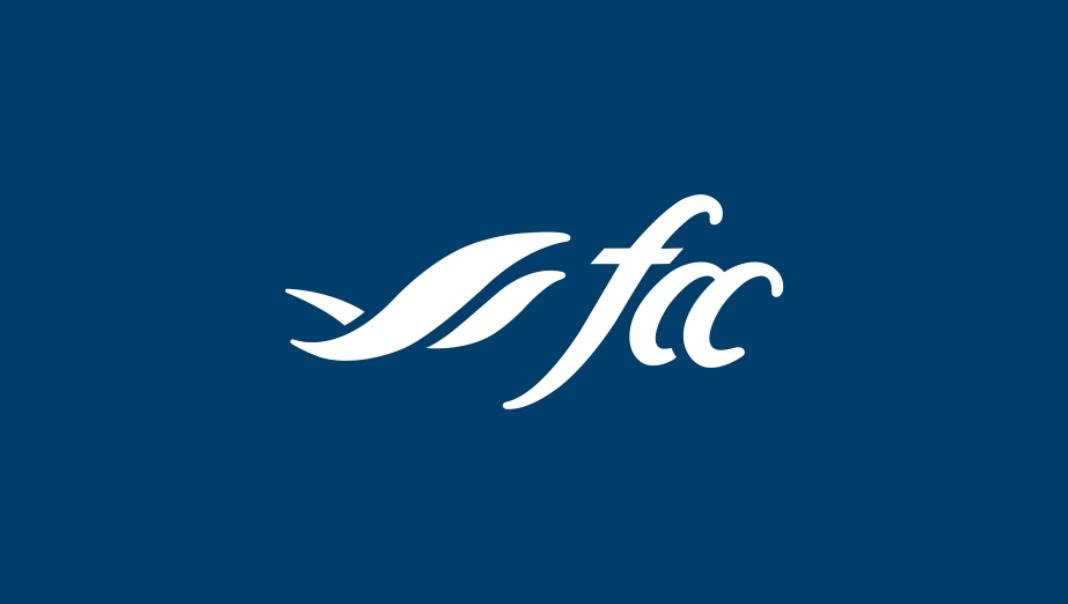How to build an innovation framework that gets results
Thursday, April 28, 2022
Reference: FCC
 Innovation is an exciting word – but what does it mean when we speak about it for food and beverage processing?
Innovation is an exciting word – but what does it mean when we speak about it for food and beverage processing?Perhaps it’s a new product, process or idea. Or maybe it’s fine-tuning something you already do. One thing is clear – you need a way to move the innovation forward, or it’s impossible to accomplish anything meaningful.
FCC Experience Designer Chelsea Rink is often tasked with taking an idea and turning it into a successful application. She always considers these two questions: “What is this idea solving and for whom?”
“The coolest, niftiest idea still has to have value for a particular end-user,” Rink says. “We forget to focus on who that consumer is.”
No matter your innovation goals, being clear about your consumer’s needs during the planning phase is essential for success. But creating a diverse group for feedback — whether they’re trusted advisers for thoughts on the idea, staff to model the innovation on the production line or taste-testers for the new product — you’ll gain insights more rapidly compared to doing any exercise in a silo.
“Getting clear on who your consumer is, is going to be important in your assessment of whether it will be successful or not,” advises Rink. “You have to connect to the right people to get feedback and decide if it’s worth pursuing.”
Building the innovation framework
One of the first steps in innovation is building a framework — or a strategic approach — which will evaluate all your business problems and decisions.One way to build an innovation framework is through human-centered design. This is where an idea or several ideas are presented to an internal team or consumer for feedback. Many more ideas and clarity can come out during this session, but inevitably a group will settle for a few top performers, and those ideas can develop further.
“We encourage you to test your ideas with the consumer,” Rink says. It’s human nature to assume we think like a consumer, but that might not always be true. “When you collect feedback, they may say, ‘cool idea, but I’d never use that in this way.’ You want to learn fast to pivot or keep going.”
Next steps
Whether you’re focused on one great idea or have dozens of ideas waiting to be brought to life, here are a couple of tools that can help develop the next steps of your framework.How-Wow-Now Matrix
The How-Wow-Now model is useful when you have several ideas and aren’t sure where to start. This method uses a matrix with one axis labelled “effort” and the other “creativity.” You can also use other matrixes depending on prioritizing concepts or tactics – perhaps “effort versus value” or “urgency versus importance” work better for you. Place your ideas in the quadrant that makes the most sense.Business Model Canvas
By considering how your idea works with other elements of your business, you can get a sense of whether implementing the idea may be the next best step for your food processing business. A business model canvas looks at consumer relationships, revenue streams and key partners. Define these, then see where your idea fits and refine the idea, if needed, to fit with your already-established business... Read MoreSign up to stay connected
- News
- Property Alerts
- Save your favourite properties
- And more!
Joining Farm Marketer is free, easy and you can opt out at any time.
